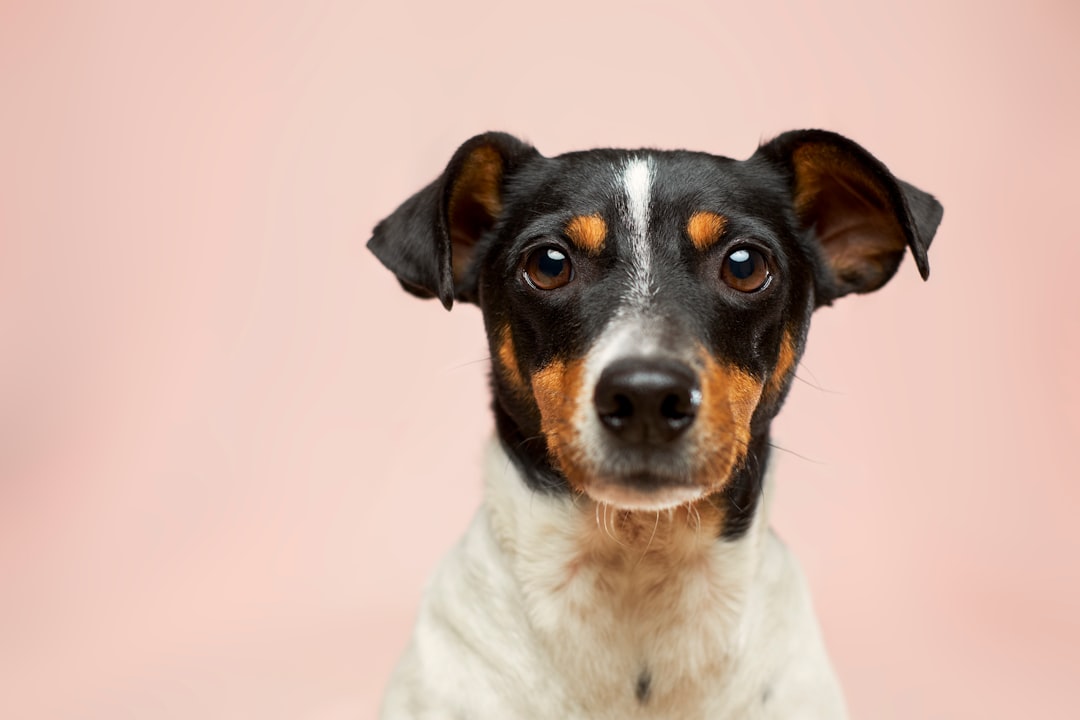Ever wondered if your furry friend could enjoy the leftovers from your seafood feast? Specifically, can dogs eat crab shells? While the thought of your dog munching on a crab shell might seem a bit strange (and potentially messy!), it’s a question many pet owners have. Let’s dive into the details and find out if it’s a safe and healthy treat for your canine companion.
Can Dogs Eat Crab Shells? The Short Answer
Generally, it is not recommended to give your dog crab shells. While the shells themselves aren’t inherently toxic, they pose significant risks that outweigh any potential benefits. The primary concerns are choking hazards and digestive problems.
The Dangers of Crab Shells for Dogs
Crab shells are hard, brittle, and indigestible. This combination creates several potential dangers for your dog:
Choking Hazard
The most immediate danger is choking. Large pieces of crab shell can easily become lodged in your dog’s throat, blocking their airway. This is especially risky for small breeds or dogs that tend to gulp their food.
Digestive Obstruction
Even if a crab shell makes it past the throat, it can cause problems in the digestive tract. Because they are indigestible, pieces of shell can accumulate and create a blockage in the stomach or intestines. This can lead to vomiting, constipation, abdominal pain, and, in severe cases, require surgery.
Damage to the Digestive Tract
The sharp edges of broken crab shells can irritate or even puncture the lining of the esophagus, stomach, or intestines. This can cause internal bleeding and infection, leading to serious health complications.
Potential for Shellfish Allergy
Although less common, some dogs can have shellfish allergies. Feeding your dog crab shells could trigger an allergic reaction, which can manifest as skin irritation (itching, hives), gastrointestinal upset (vomiting, diarrhea), or even more severe symptoms like difficulty breathing.
Are There Any Potential Benefits?
Some people argue that crab shells contain calcium and other minerals that could be beneficial for dogs. While this is true, the risks associated with feeding crab shells far outweigh any potential nutritional advantages. There are much safer and more effective ways to provide your dog with these nutrients, such as commercially available supplements or balanced dog food.
What to Do if Your Dog Eats a Crab Shell
If you suspect your dog has eaten a crab shell, it’s important to monitor them closely for any signs of distress. Watch for:
- Choking or difficulty breathing
- Vomiting
- Diarrhea
- Constipation
- Loss of appetite
- Abdominal pain or distension
- Lethargy
If you notice any of these symptoms, contact your veterinarian immediately. Don’t hesitate to seek professional advice – it’s always better to be safe than sorry.
Safer Alternatives to Crab Shells
If you’re looking for ways to supplement your dog’s diet with calcium or other minerals, consider these safer alternatives:
- Commercial Dog Food: High-quality dog food is formulated to provide all the essential nutrients your dog needs.
- Bone Broth: Homemade or store-bought bone broth is a good source of collagen and minerals, and it’s easy for dogs to digest.
- Calcium Supplements: If your veterinarian recommends a calcium supplement, choose one specifically formulated for dogs and follow their dosage instructions.
- Dog-Safe Chews: Opt for durable, digestible chews that are designed to satisfy your dog’s chewing instincts without posing a choking hazard.
Pros and Cons of Feeding Crab Shells to Dogs
- Cons:
- Choking hazard
- Digestive obstruction
- Damage to the digestive tract
- Potential for shellfish allergy
- Pros:
- Minimal to none. Any potential nutritional benefits are outweighed by the serious risks.
Frequently Asked Questions
Can dogs eat cooked crab shells?
No, cooked crab shells are just as dangerous as raw ones. Cooking doesn’t make them any easier to digest or less likely to cause injury.
Can puppies eat crab shells?
Absolutely not. Puppies are even more vulnerable to the risks associated with crab shells due to their smaller size and more sensitive digestive systems.
What if my dog only ate a tiny piece of crab shell?
Even small pieces of crab shell can be problematic. Monitor your dog closely for any signs of discomfort or digestive upset. If you’re concerned, contact your veterinarian.
Are there any parts of a crab that are safe for dogs to eat?
Small amounts of cooked crab meat (without the shell, cartilage, or seasoning) may be safe for some dogs, but it’s essential to ensure there are absolutely no shell fragments present. However, due to the potential for shellfish allergies and the high sodium content of crab, it’s best to offer other, safer protein sources.
In conclusion, while it might be tempting to share your seafood dinner with your canine companion, crab shells pose significant risks to their health. The potential for choking, digestive obstruction, and internal injuries far outweigh any potential nutritional benefits. Stick to safer and more digestible treats and supplements to keep your furry friend happy and healthy. Always consult with your veterinarian if you have any concerns about your dog’s diet or health.

